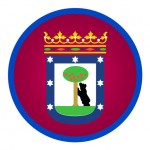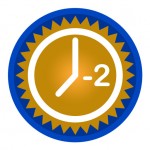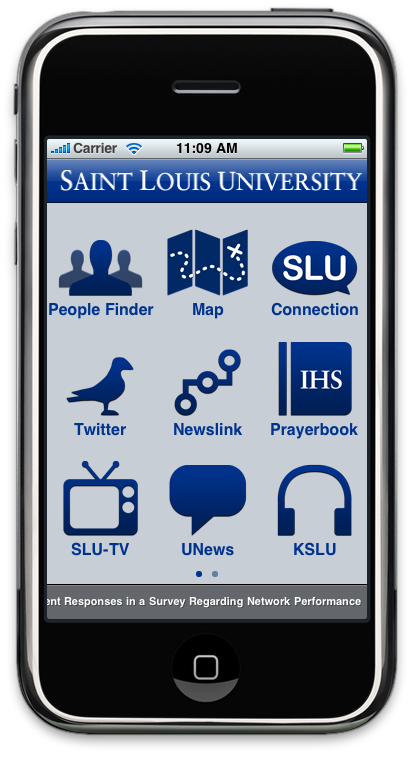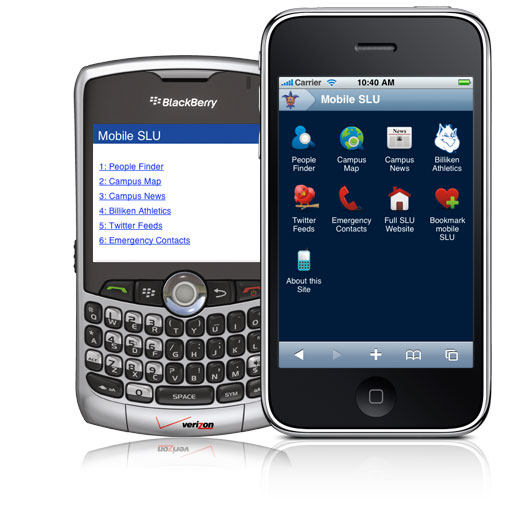IT departments, in general, do a terrible job marketing their services, functions and value to the rest of the organization. While there are many business functions that an average IT shop needs to partake in, marketing is the first and most important. I’ve sat on both sides of the Marketing/IT table and have perpetually been frustrated by lackluster communication around what IT does1 (and is doing).
We’re technologists, the antithesis of the marketing person ,right? A large majority of folks working in corporate IT have more technical backgrounds which, I think, lends itself to the kind of person that either 1) doesn’t value marketing or 2) considers it a ‘soft’ skill set that 3) they often don’t feel comfortable doing.
Maybe I’m wrong, but the past paints IT folks as not being the best people persons. Now that is changing thankfully, in large part to the influx of young startups and entrepreneurs in the tech sector – people who were born into a part of the culture of sharing, collaborating and the Internet.
The “If we build it, they will come.” mentality does not work for any IT initiative. The result is adoption lacks, people don’t see the value to spending the time on ‘yet another thing’ and leadership often doesn’t put their full weight into it.
Marketing needs to be first, if we’re to operate like a business and need to be in the black.2 I think it’s tantamount that we invest in clearer communication and a little panache when talking to people about the stuff we’re working on. The value we bring as it were.
I keep hearing about this idea of commercialization of IT services as being something big shops are looking at, and while I’m not sure I buy it, let’s assume it pans out. Well, in order to get people to buy in to the service you offer you have to be able to sell them on the idea that choosing your company is a wise idea. Same thing applies to our customers – our fellow co-workers. I think some people have the idea that “we’re the IT department, we have a captive audience. They have to deal with us.”
As we know, consummerizaiton, cheap cloud solutions and BYO movements prove that wrong. In order for IT to survive as a valued and important part of the business of any organization – regardless of size – it’s important to leverage the marketing of our services to remain relevant.
As Seth Godin puts it, “Successful people have discovered how to be better at self marketing.” the same applies to successful IT organizations.









